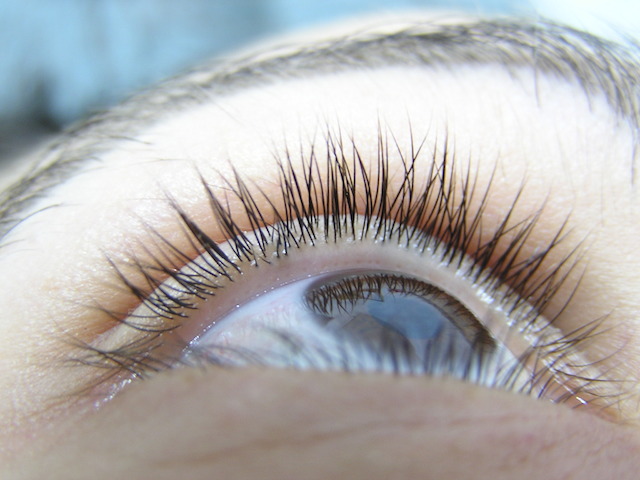Macular pigment a useful predictor of AMD
An increased dietary intake of lutein and zeaxanthin could help with macular pigment levels in healthy and diseased retinae.
 The first local study on macular pigment by Khoo Teck Puat Hospital (KTPH) of 95 Singaporean Chinese subjects announced last year found that macular pigment might be a useful predictor of one’s risk of developing age-related macular degeneration (AMD).
The first local study on macular pigment by Khoo Teck Puat Hospital (KTPH) of 95 Singaporean Chinese subjects announced last year found that macular pigment might be a useful predictor of one’s risk of developing age-related macular degeneration (AMD).
Three carotenoids – lutein, zeaxanthin and meso-zeaxanthin – that compose the macular pigment are believed to protect the retina from oxidative damage. The study found that females have lower levels of macular pigment when compared to males. In addition, lower and atypical distribution of macular pigment was found in older and overweight participants who are at higher risk of developing AMD, thereby suggesting that atypical distribution of macular pigment may be associated with an increased risk of AMD.
This cross-sectional study was led by chief investigator Dr Kumari Neelam, a clinician scientist with KTPH’s Department of Ophthalmology and Visual Sciences (OVS).
AMD is a degenerative eye condition that affects a tiny part of the retina at the back of the eye called the macula. AMD causes problems with central vision, but does not lead to total loss of sight and is not painful. For example, when you are looking directly at something (reading, looking at photos or watching TV), this central vision may become distorted or blurry and, over a period of time, it may cause a black spot in the centre of your vision. AMD is the third most common cause of blindness for people aged over 60 in Singapore.
The KTPH study examined healthy Singaporean Chinese of both genders aged 21 to 68 years old who had no existing eye diseases, over a period of 18 months from June 2009 to December 2010. Eighty-five percent of the study subjects exhibited a typical exponential macular pigment distribution, whilst the remaining 15 percent had an atypical distribution of macular pigment in the form of a central dip. Similar to the study, the atypical distribution of macular pigment has been shown to be associated with other known risk factors of AMD, such as age and smoking, by past studies among non-Asians.
Macular pigment levels in healthy and diseased retinae can be augmented by increasing dietary intake of lutein and zeaxanthin, which can only be obtained from food sources such as brightly-coloured vegetables and fruits or nutritional supplements.
The KTPH study was published in Investigative Ophthalmology & Visual Sciences (April 2014), a peer-reviewed American eye journal. The team is currently conducting similar studies on the Singapore Malay and Indian populations.
(* PHOTO CREDIT: shlomit’s eye 1, free images)

0 Comments